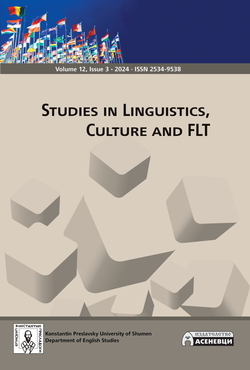Comparative analysis of color connotations across translated versions of the Holy Quran
Comparative analysis of color connotations across translated versions of the Holy Quran
Author(s): Zakaryia Almahasees, Yousef AlbudairiSubject(s): Language and Literature Studies, Translation Studies
Published by: Шуменски университет »Епископ Константин Преславски«
Keywords: Translation strategies; colors in the Quran; Muslim translations of the Quran; non-Muslim translations of the Quran; connotations of colors;
Summary/Abstract: The Noble Quran, a rich source of color symbolism, uses colors to address various aspects of human existence and life after death. These colors convey positive and negative undertones, aesthetic or moral lessons, and symbolic implications. This paper compares the color connotations across the various translations of the Holy Quran; it shows how the linguistic and cultural differences hint at the varied interpretations that may differ in presenting the symbolic meanings or theological concepts to readers. This study delves into the intricate world of translation strategies, examining the approaches of four prominent translators in rendering the nuanced connotations of colors into English. The study compiled a corpus of Colors in the Holy Quran from Pickthall (1930) and Sahih International (1997) translations, representing Muslim Translation and non-Muslim translations by Arberry (1955) and Dawood (2014). The study highlighted the frequency of explicit colors in the Holy Quran and compared the four translations and the strategies used in rendering the connotations of colors. The study addressed the following question: How do different translation strategies impact Muslim and non-Muslim translators' rendering of color symbolism in the Noble Quran? It was found that white is the most frequent color, followed by green, black, yellow, blue, and red. Translators employed literal translation, addition, free translation, domestication, and omission. The study also revealed an intertextual reference to the Old Testament in Dawood's translation, adding another layer of complexity to the analysis. This paper contributes to understanding how translation strategies, including literal translation, domestication, and intertextual references, influence interpretation related to color symbolism in the Quran and bring cultural and religious nuance to the text.
Journal: Studies in Linguistics, Culture, and FLT
- Issue Year: 12/2024
- Issue No: 3
- Page Range: 132-153
- Page Count: 22
- Language: English

